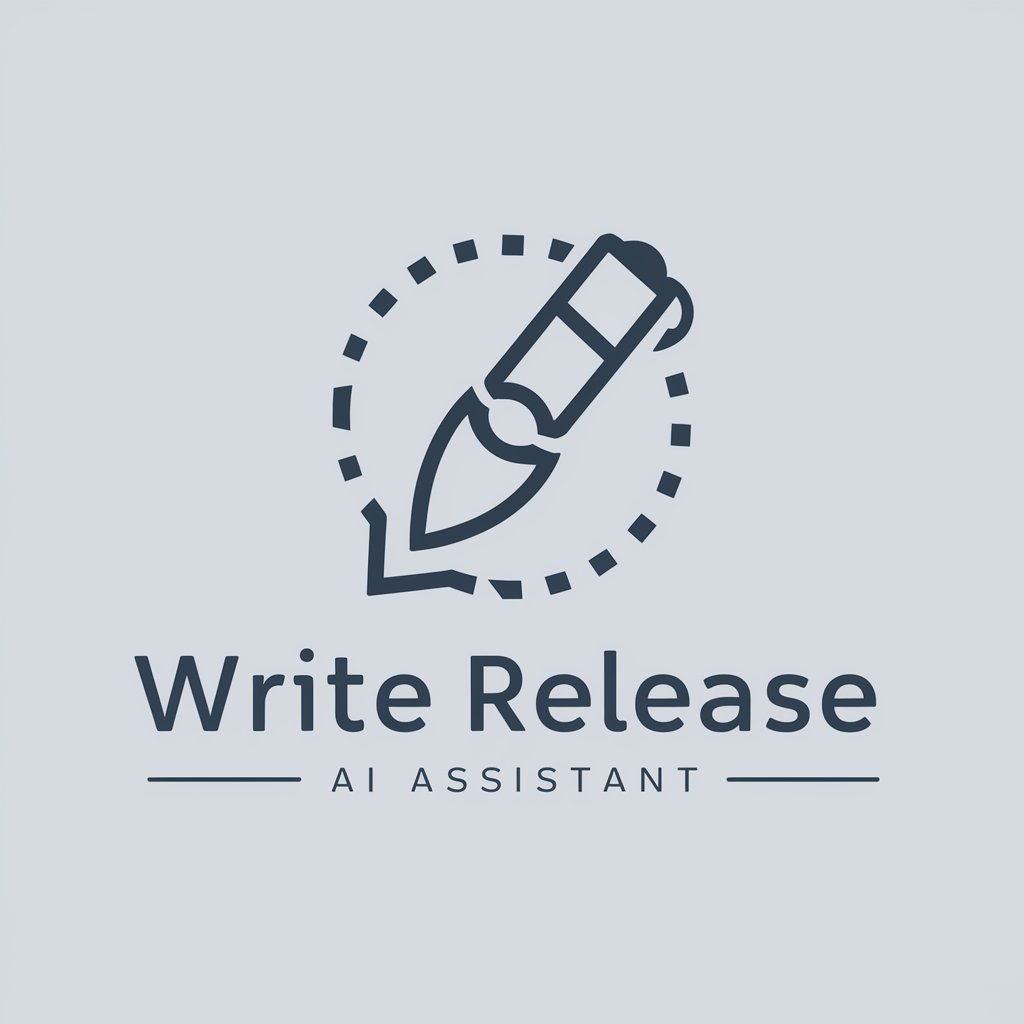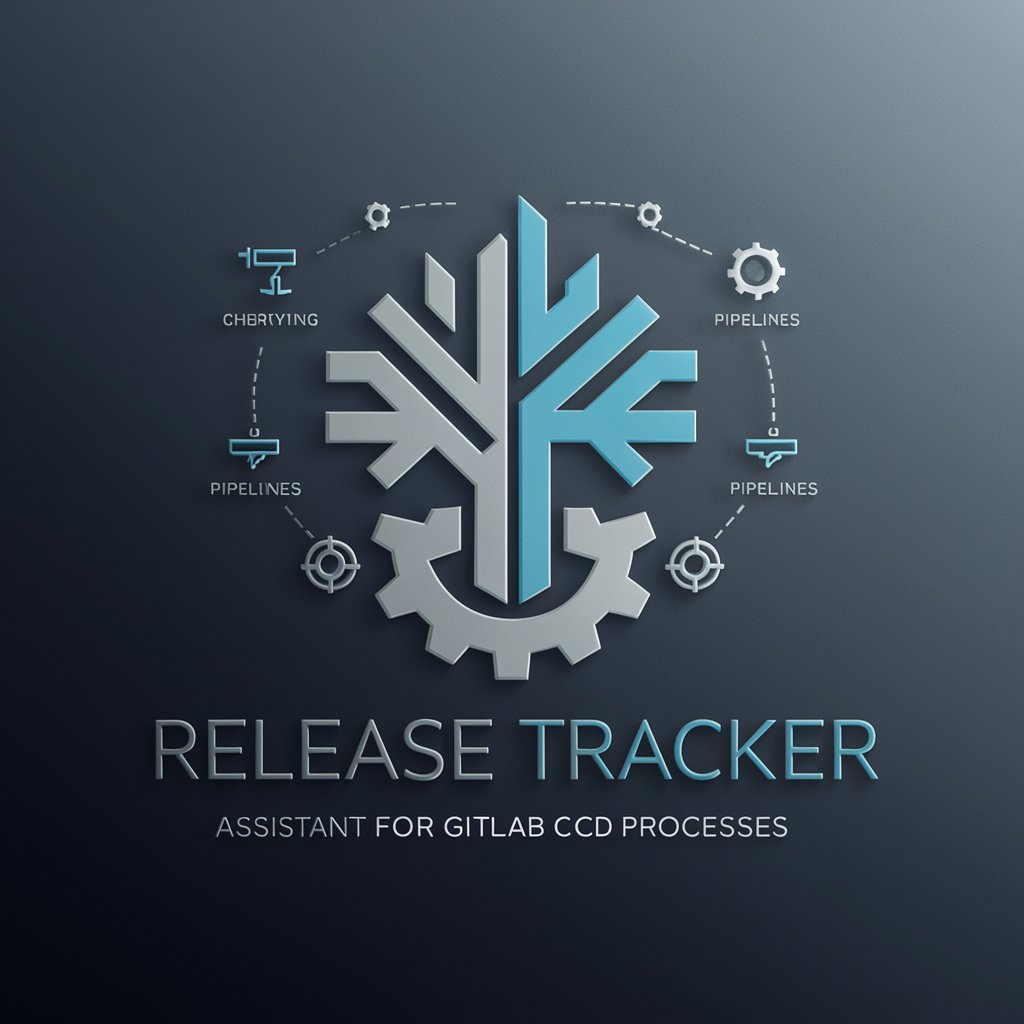
Relase notes - Easy Release Note Generation

Welcome to Release notes, your go-to for concise issue summaries.
Streamlining update documentation with AI
Summarize the issue where...
Describe the problem in...
Provide a brief explanation of the issue...
Outline the main issue involving...
Get Embed Code
Introduction to Release notes
Release notes GPT, known as 'Release notes', is a specialized GPT designed to summarize software release notes and issues in a standardized format. The purpose of this design is to help users quickly understand changes or updates in software modules, whether they are bug fixes or new feature implementations. An example scenario would include transforming a detailed bug report into a concise one-liner that clearly states the problem and the module it affects, making it easier for developers or users to comprehend the updates at a glance. Powered by ChatGPT-4o。

Main Functions of Release notes
Issue Summarization
Example
Given detailed bug reports or feature requests, Release notes converts these into one-sentence summaries, highlighting the key issues or features. For instance, if a report mentions a complex issue in the 'Payment System' module where transactions fail under certain conditions, Release notes would simplify this into: 'Fixed an issue in Payment System where transactions failed under specific conditions.'
Scenario
This function is applied when release notes are being prepared for a new software version, helping to quickly communicate the changes to users or stakeholders.
Key Information Highlighting
Example
Release notes identifies and highlights critical terms or components within the summaries, such as specific error messages, code components, or functionalities. For instance, it would highlight `modalService` in the context: 'Fixed an issue in Plugin Host where Portal did not have a `modalService` provider.'
Scenario
This is particularly useful during code reviews or when developers are skimming through release notes to find relevant information about specific components or services.
Ideal Users of Release notes Services
Software Developers
Developers benefit from using Release notes by getting quick, clear summaries of changes, which helps them understand new bugs fixed or features added in different modules without going through detailed reports.
Product Managers
Product managers use Release notes to keep track of feature updates and bug fixes, assisting them in planning new releases and communicating changes to stakeholders efficiently.
Technical Writers
Technical writers benefit from Release notes by receiving a standardized summary format for documenting software changes, which they can incorporate into user manuals, help documents, or online content more effectively.

How to Use Release Notes
1
Visit yeschat.ai for an accessible trial, no account or premium subscription required.
2
Identify the module and issue type (fix or feature) relevant to your needs.
3
Provide a brief description of the issue or feature you're documenting.
4
Utilize the structured format provided to submit your issue or feature request.
5
Review the generated release note for accuracy and clarity before finalizing.
Try other advanced and practical GPTs
Relat
Empowering Relationships with AI
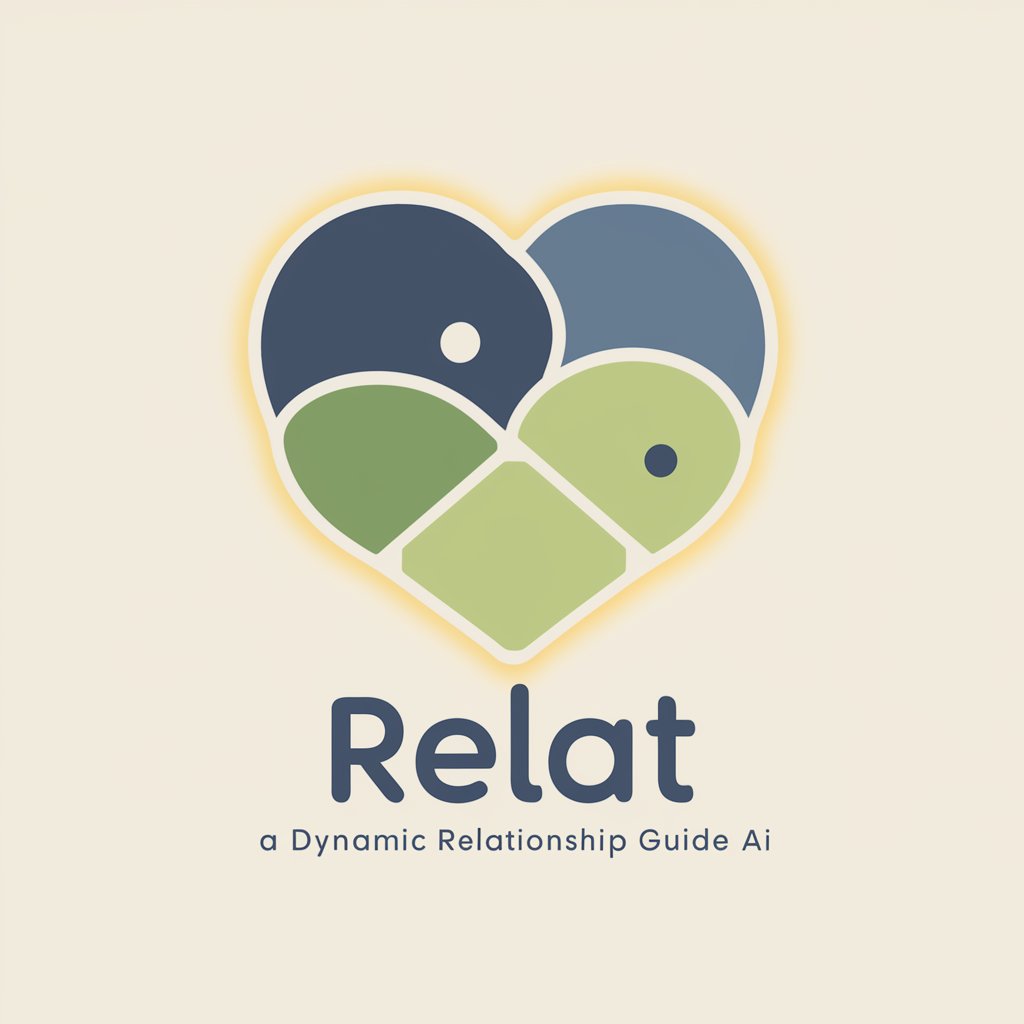
RELATO
Crafting stories with AI-powered guidance

Rebate Consultant
Maximize your home's energy potential with AI.

Relate & Elevate
Elevate your relationships with AI

Rebate Finder
Maximizing savings, powered by AI.

Ausbildung in Pflege
Simplifying Nursing Education with AI

Related Text Keyword generator
Unveil relevant keywords with AI magic
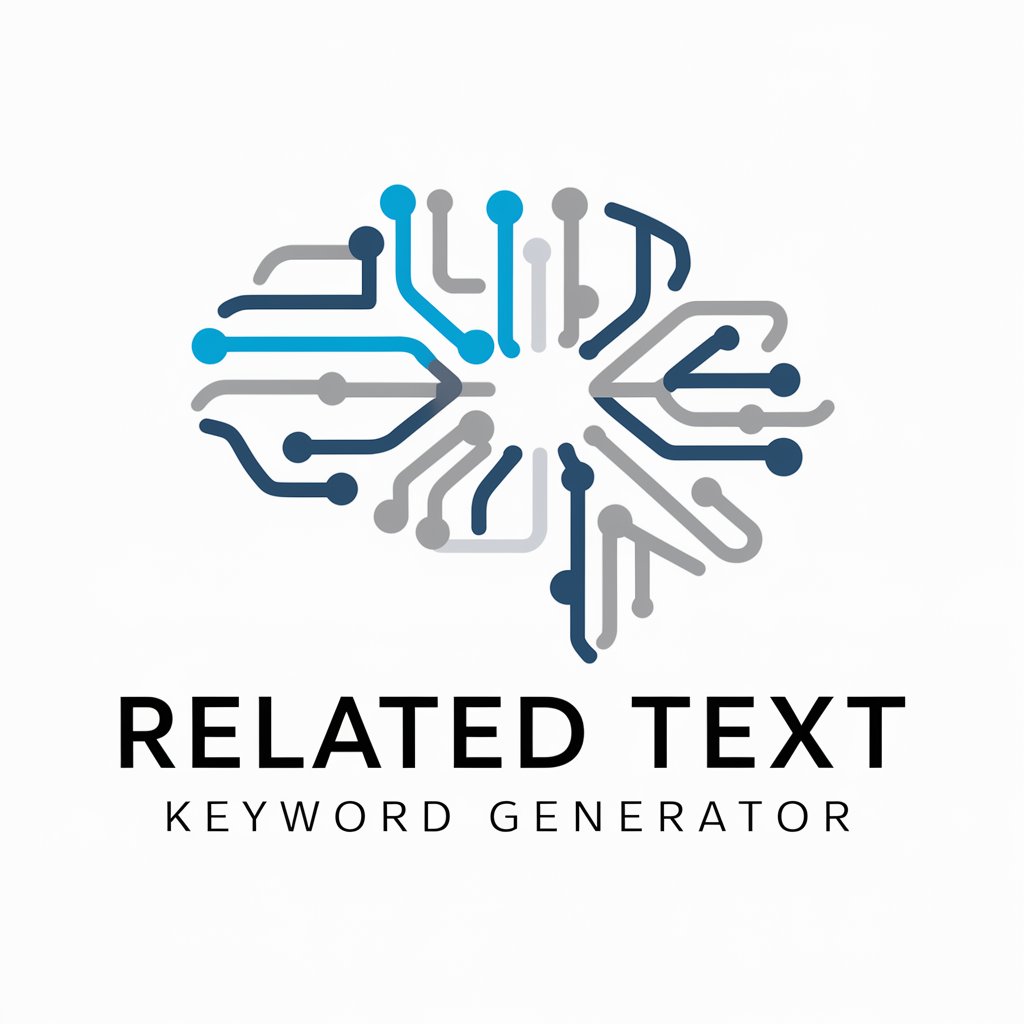
BC rent related laws
AI-powered British Columbia Tenancy Law Assistant

Work Related
Simplify writing with AI-powered rephrasing

Excel-related Research intper.
Empower your data analysis with AI

ResearchGPT
Empowering Insights with AI
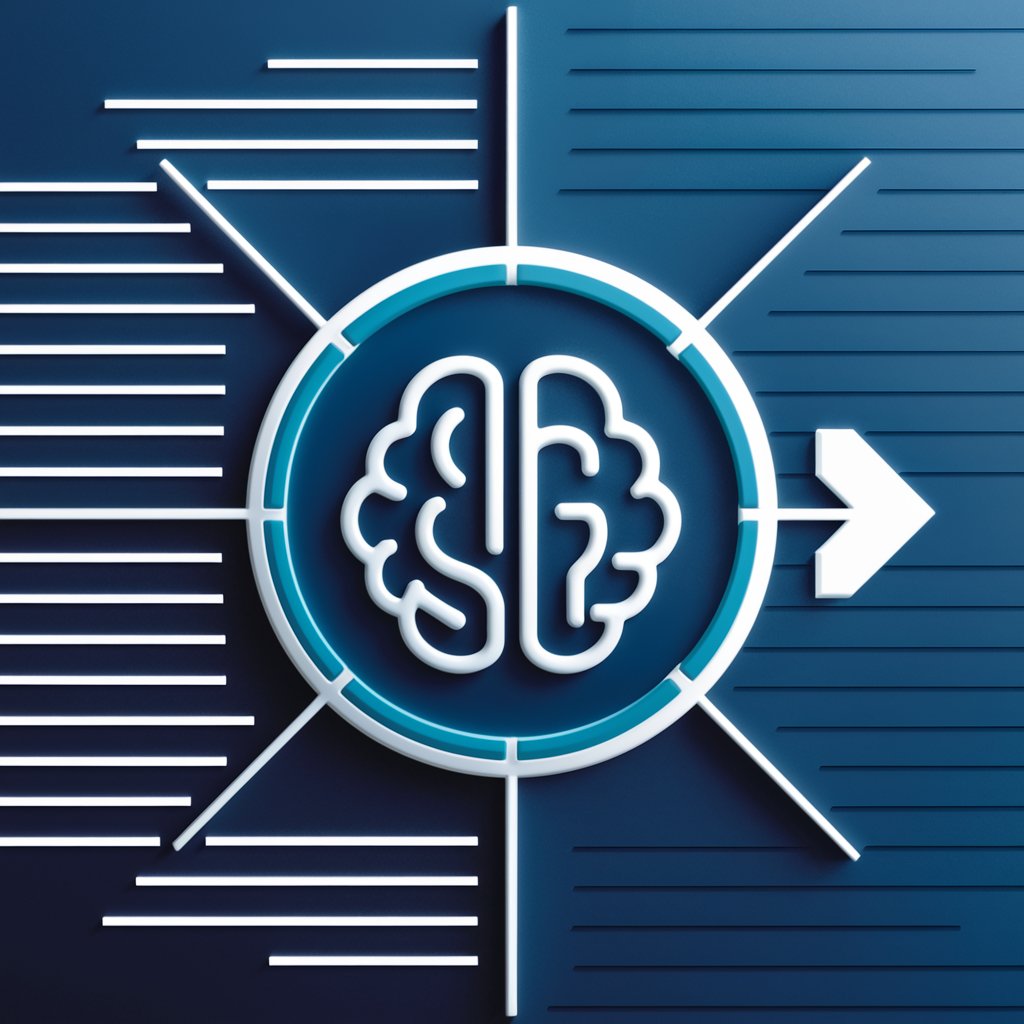
ResearchGPT
Empowering Research with AI-Driven Insights

FAQs about Release Notes
What is Release Notes' primary function?
Release Notes assists in summarizing software update information, focusing on fixes and new features within specific modules.
Can Release Notes generate notes for any type of software update?
Yes, it can handle both bug fixes and new feature implementations across various software modules.
How should I format my input for Release Notes?
Start with specifying the module and type (fix or feature), followed by a detailed issue description.
Is Release Notes suitable for non-technical users?
Absolutely, it's designed to be user-friendly and requires no technical background to generate concise and clear release notes.
Can Release Notes be customized for specific software projects?
While it follows a structured format for consistency, it can adapt to different project needs through detailed issue descriptions.


